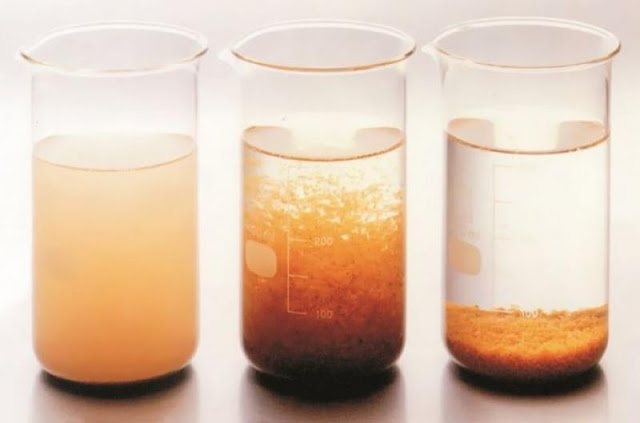The Science Behind Bio-absorbable Bone Screws: How They Work and Their Potential

Bio-absorbable Bone Screws A form of surgical implant used in orthopedic procedures to connect or mend bones is called a bio-absorbable bone screw. Bio-absorbable screws dissolve over time, leaving no trace behind, unlike conventional metal screws that stay in the body forever. These screws are constructed of biocompatible substances, such as polylactic acid (PLA) or polyglycolic acid (PGA), that the body may naturally absorb. Traditional screws have various advantages over Bio-absorbable Bone Screws . They eliminate the need for a second operation to remove the implant, lowering the danger of infection and speeding up the patient's recuperation because they gradually disintegrate. Second, they rule out the potential of metal poisoning or allergies. Thirdly, the ability of the bone to rebuild when the screw dissolves can aid in the healing process. Surgical procedures involving tiny bones, such as those in the hands, foot, and face, as well as various joint procedures, includ





.jpg)